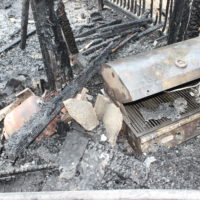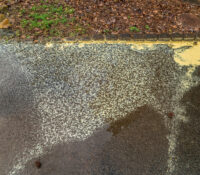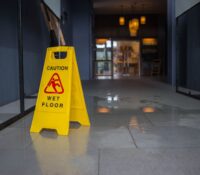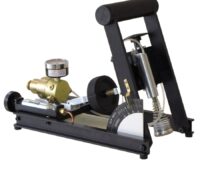Safety Hazards in Waterjet Cutting
Waterjet cutting machines (often simply called ‘waterjets’ in the industry) are essentially platforms that use ultra-high pressure water to manufacture cut parts with accuracy as high as .001 inch. They can cut materials ranging from glass and stone to steel and even plastics. Such machines can cost under $1.00 per minute to run, even including labor. Waterjets are some of the most versatile cutting tools available today. They produce virtually no heat-affected zone. They also use CNC (computer numerically controlled) programs, which allow continuously variable speeds for different edge conditions and cut quality. The waterjet dissipates heat, and the jet stream minimizes harmful chemical vaporization from cut materials. Small and mid-sized companies throughout the U.S. depend on these powerful tools to manage all sorts of custom two-dimensional cuts.
But waterjets present unique hazards to the manufacturing environment. The following challenges require special attention: Read More












